10 Wild Animals in Tuvalu [Wildlife in Tuvalu]
Want to know more about the wildlife in Tuvalu?
Discover 10 wild animals in Tuvalu in this post, as well as interesting facts about them. 🇹🇻
Learn All About Tuvaluan Animals
Ready to learn all about Tuvaluan animals?
I’ve always been fascinated by animals, and by how they can be so different from one country to another. In this guide, we’ll focus on the many animals Tuvalu has on the land, in the sky, and underwater.
I’ve split the guide into 4 categories:
- Native animals from Tuvalu
- Endangered animals of Tuvalu
- What is the national animal of Tuvalu?
- How many animals native to Tuvalu?
Let’s dive in right away with our first category!
Native Animals from Tuvalu
Tuvalu is an Oceanian island country located in the eastern part of the continent, in the middle of the Pacific Ocean. It is one of the smallest countries in all of Oceania, is located midway between Hawaii and Australia, was first inhabited by Polynesians, and used to be a British colony. It is surrounded by the Pacific Ocean, and its capital and largest city is Funafuti, which counts more than 6,000 inhabitants.
An interesting part of the country that I wanted to tackle is its wildlife. In light of that, I have listed the best of it, and I hope you will love learning what animals live in Tuvalu.
Here’s the Tuvalu animals list.
1. Short-finned pilot whale
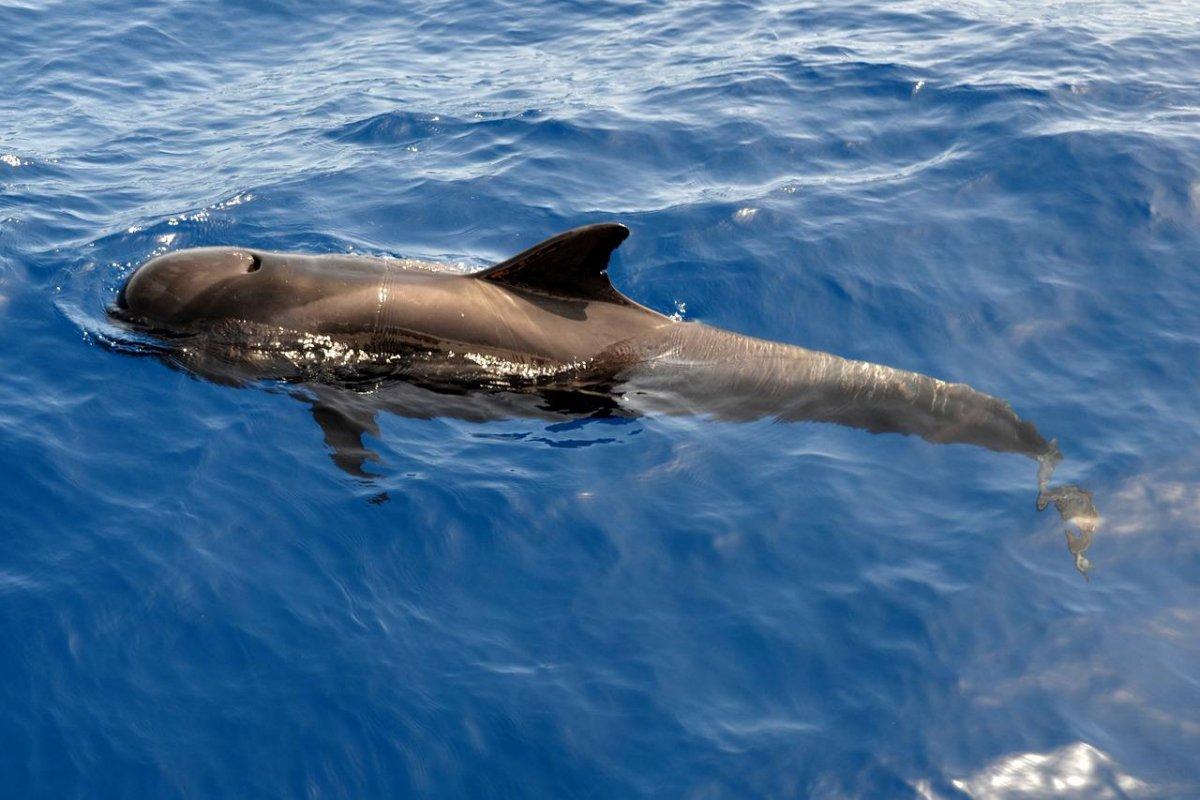
- Name: Short-finned pilot whale
- Scientific name: Globicephala macrorhynchus
- Conservation status:
The short-finned pilot whale is a species of cetacean of the oceanic dolphin family. It inhabits the world’s temperate, subtropical, and tropical oceans, and has a global population of about 700,000 individuals, which is why it is not considered threatened.
This dolphin is one of seven species of cetacean found around Tuvalu. It feeds on fast-moving squid, usually at depths of about 700 m / 2,300 ft, but as deep as 1,018 m / 3,340 ft.
2. White-tailed tropicbird
- Name: White-tailed tropicbird
- Scientific name: Phaethon lepturus
- Conservation status:
The white-tailed tropicbird is a species of tropicbird native to the tropical oceans of the world, from the Caribbean Islands to the Pacific Islands. It is a slender, white bird with characteristic, very long tail feathers, about twice its total length.
It primarily feeds on flying fish, as well as crabs and squid, and catches its prey by diving from up to 20 m / 66 ft, or in midair for flying fish.
3. Pacific reef heron
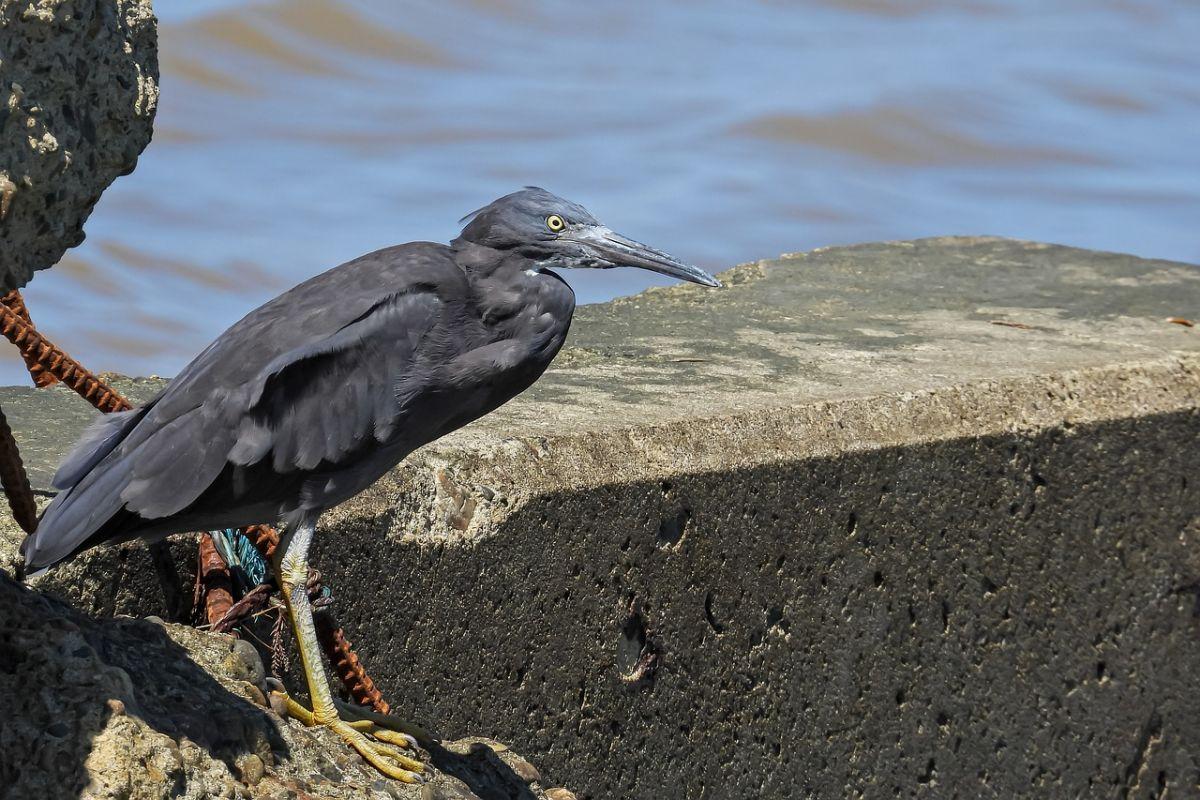
- Name: Pacific reef heron
- Scientific name: Egretta sacra
- Conservation status:
The Pacific reef heron, also known as the eastern reef egret or the eastern reef heron, is a medium-sized species of heron native to southern Asia and much of Oceania. It is one of three native land birds breeding in Tuvalu.
This bird can look very different, having a dark and a light morph, with respectively dark gray to black or white plumage, which is not due to sexual dimorphism but rather camouflage.
4. Red-footed booby
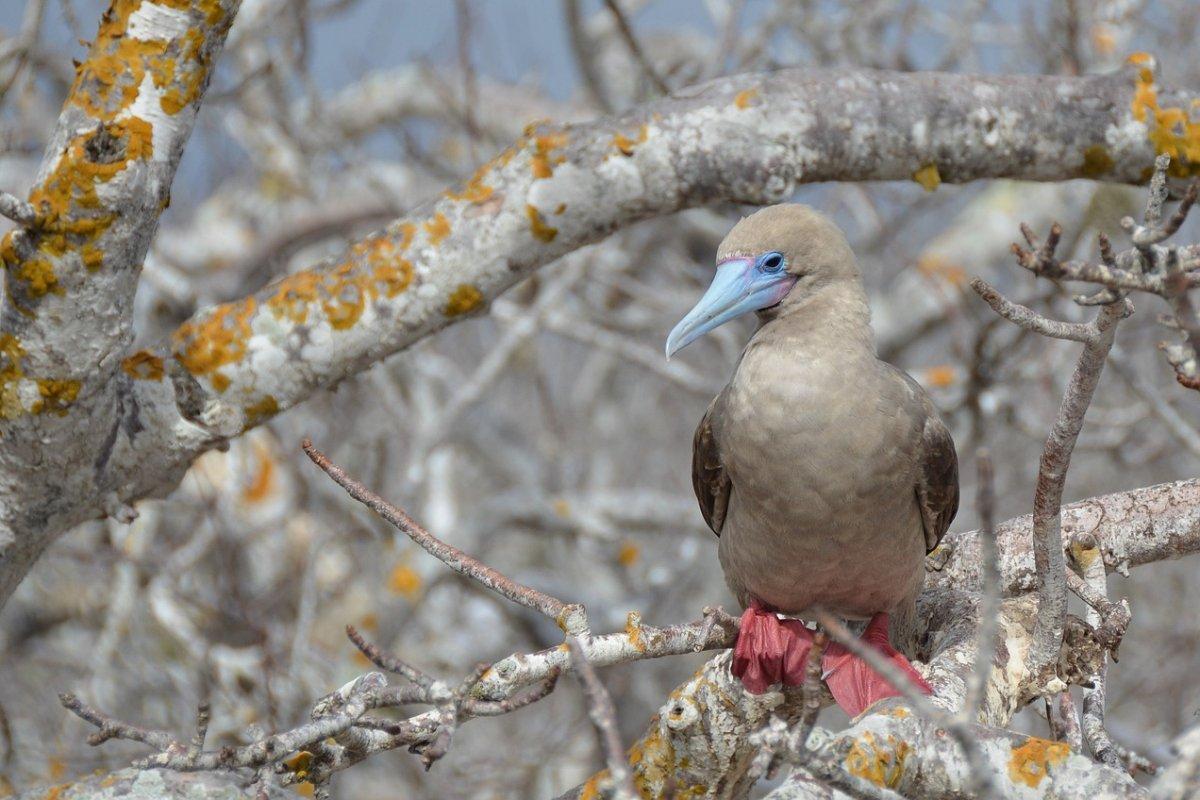
- Name: Red-footed booby
- Scientific name: Sula sula
- Conservation status:
The red-footed booby is a large species of seabird native to the tropical areas of the world, mainly around the central part of the Pacific Ocean. Although the color of the plumage varies, it always has bright red feet, hence its name.
This bird is powerful and agile, despite looking clumsy when taking off and landing. It breeds in large colonies in coastal regions and primarily feeds on fish or squid.
5. Sperm whale
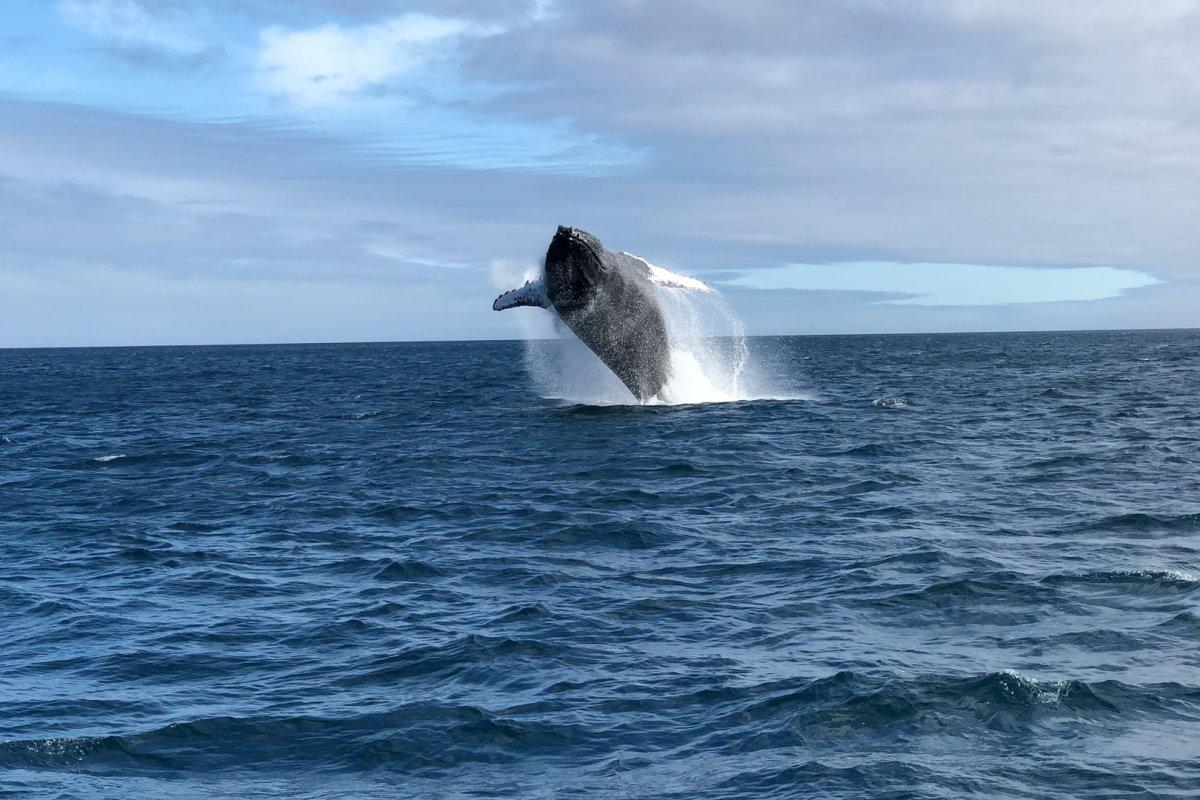
- Name: Sperm whale
- Scientific name: Physeter macrocephalus
- Conservation status:
The sperm whale, also known as the cachalot, is the largest toothed predator in the world, the largest toothed whale, has the largest brain in the world (12 times the size of a human’s), and is the third-deepest mammal after the southern elephant seal and Cuvier’s beaked whale!
It is another marine species found around Tuvalu, and it averages 16 m / 52 ft but can reach lengths of up to 20.7 m / 68 ft!
6. False killer whale
- Name: False killer whale
- Scientific name: Pseudorca crassidens
- Conservation status:
The false killer whale is a species of dolphin native to much of the coastlines of the world, except for its northernmost parts. However, it can mostly be spotted in tropical waters such as the ones of the Pacific Ocean.
Despite its name, the false killer whale is much less dangerous than the killer whale, and it gets its name from the physical resemblance with the mighty predator.
7. Pacific imperial pigeon
- Name: Pacific imperial pigeon
- Scientific name: Ducula pacifica
- Conservation status:
The Pacific imperial pigeon is a species of pigeon from the dove family. It has a very wide range, being found on multitudes of Pacific Islands, including Tuvalu, Wallis, and Futuna, Papua New Guinea, the Solomon Islands, Samoa, Tonga, and Fiji. It is the second of the three breeding birds in Tuvalu.
This bird inhabits the tropical moist lowland forests and tropical moist montane forests of Tuvalu, and it does not hesitate to travel between islands in order to find food when needed.
8. Red junglefowl
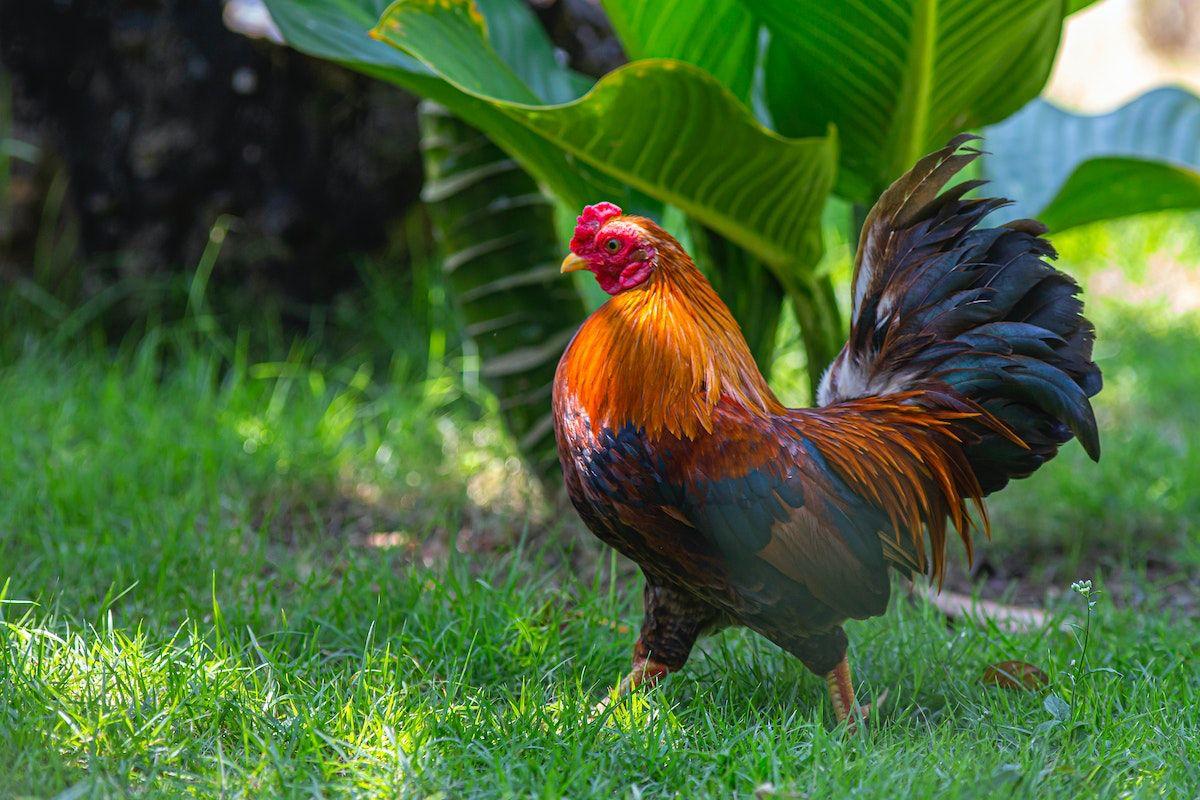
- Name: Red junglefowl
- Scientific name: Gallus gallus
- Conservation status:
The red junglefowl, also known as the Bankiva Fowl or the Bankiva, is a species of tropical bird native to southeastern and southern Asia, and introduced to multiple countries and territories in Oceania, including Tuvalu.
It inhabits edges and disturbed habitats and is often found near human settlements. When available, it drinks surface water, but can survive for a while without it; finally, about feeding, the red junglefowl primarily eats ripe fruit and seeds.
9. Orca
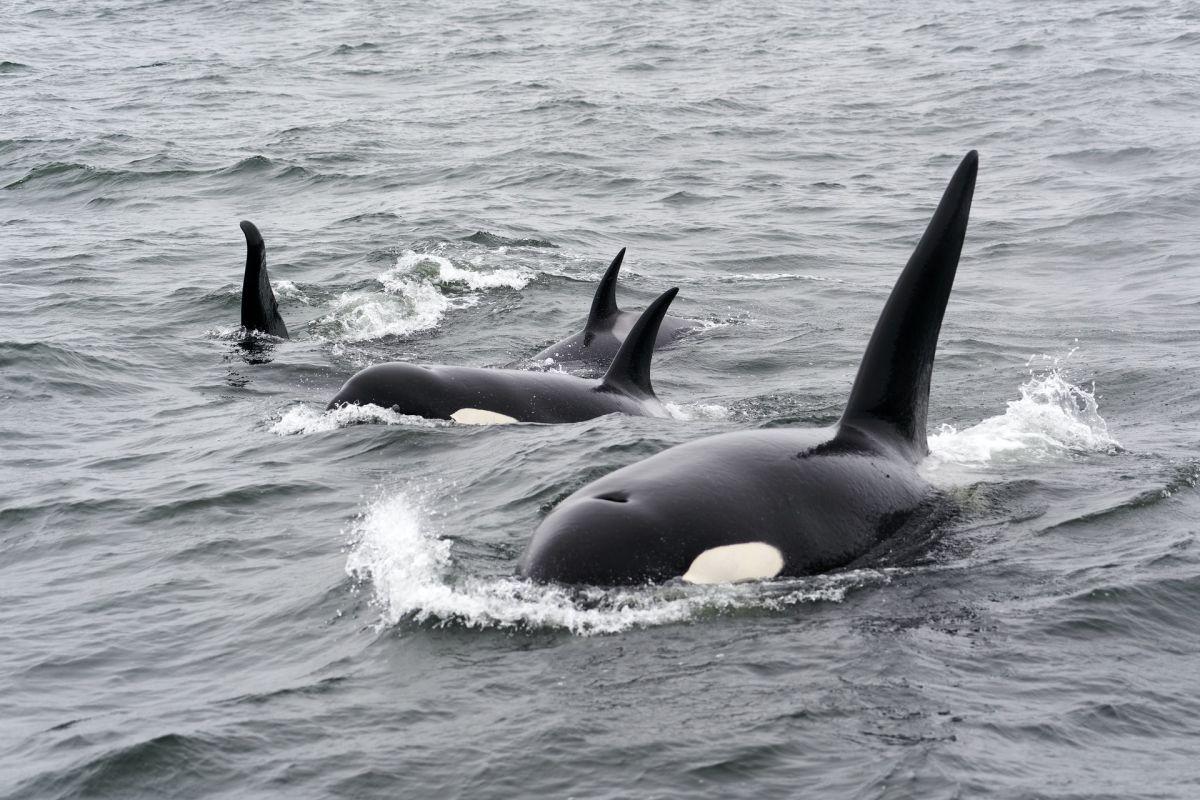
- Name: Orca
- Scientific name: Orcinus orca
- Conservation status:
The orca, also known as the killer whale, is a very intriguing and large species of the toothed whale of the dolphin family. It is one of the most dreadful and efficient marine predators in the world, and it can be found all around the planet. While it is known for predating on seals in the northernmost parts of the globe, it also swims in warm tropical waters.
Not much is known about the orca populations throughout the planet, but it was reported near Tuvalu in 2006.
10. Buff-banded rail
- Name: Buff-banded rail
- Scientific name: Hypotaenidia philippensis
- Conservation status:
The buff-banded rail, also known as the banded rail or the moho-pererū in Māori, is a medium-sized species of rail native to the southwestern parts of the Pacific region, as well as Australia, New Zealand, and the Philippines.
This bird is the third remaining breeding bird in Tuvalu. It is primarily terrestrial, and about the same size as a domestic chicken. It is an omnivorous scavenger, feeding on refuse and carrion, as well as fallen fruit, small vertebrates, and seeds.
—
So there you have them, these were my 10 wild animals in Tuvalu. I hope you enjoyed this list and that you learned something new today.
In case you want to learn more about the Tuvalu wildlife, feel free to keep reading, as I still have lots of things to tell you about:
Endangered Animals of Tuvalu
This is definitely the saddest part of the list, but it is very important to raise awareness. Because of this, let’s go through the list of endangered animals in Tuvalu.
Here are the animals in danger of extinction in Tuvalu.
- None
- Beck’s petrel
- Tuvalu forest gecko
- Oceanic whitetip shark
- Shortfin mako
- Bentfin devil ray
- Polynesian storm-petrel
- Green sea turtle
- Whale shark
- and 12 more…
To see the full list of endangered species in Tuvalu, head over to the International Union for Conservation of Nature’s Red List.
What is the National Animal of Tuvalu?
The national animal of Tuvalu is the pantropical spotted dolphin.
The pantropical spotted dolphin is a species of dolphin found in all the world’s tropical, but also temperate oceans. Due to the intensive use of tuna purse seines, this dolphin was becoming more and more threatened, but the rise of dolphin-friendly fishing methods in the 1980s saved it.
It is a beautiful, free and inspiring animal that best represents the spirit of Tuvalu.
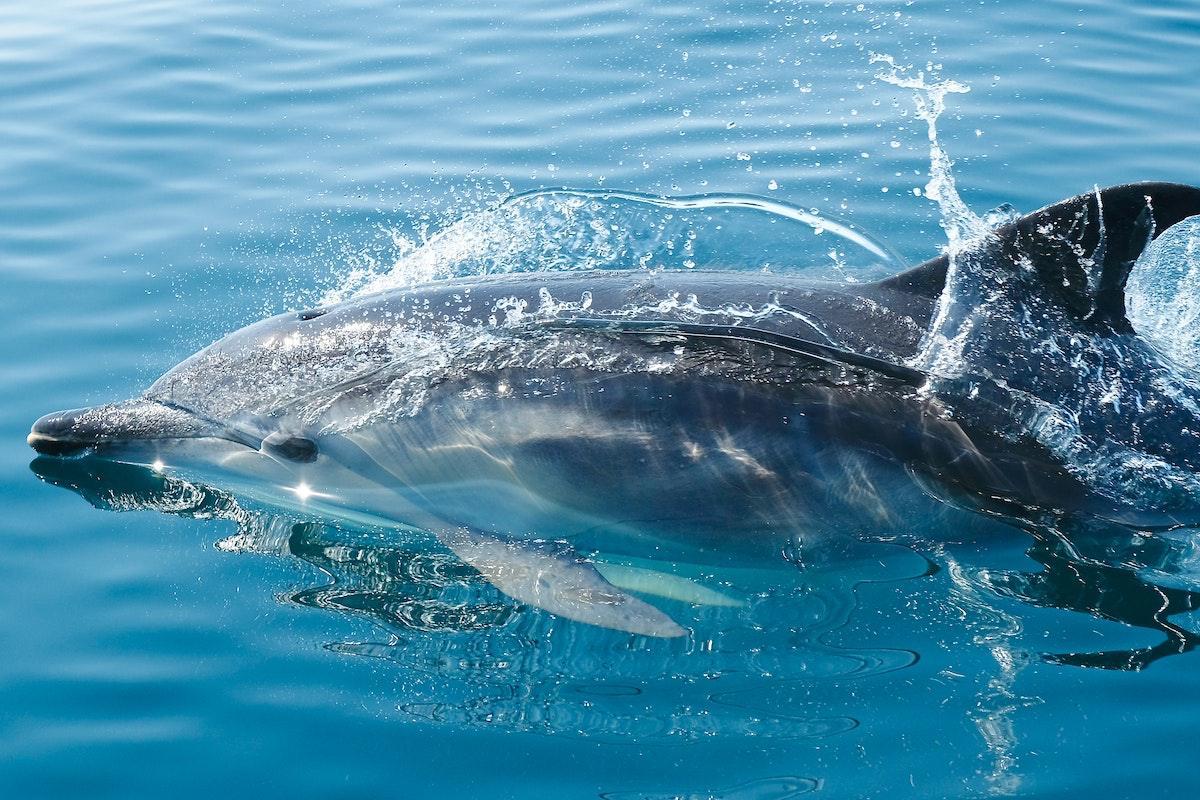
How Many Animals Native to Tuvalu?
What is the diversity of native animals in Tuvalu?
Let’s look at the total number of species of Chordata (mammals, birds, fishes, and reptiles).
Total number of animal species in Tuvalu: 958 (9,917 in total in Oceania)
More About Animals in the World!
Loved these Tuvalu animal facts? Want to see what animals live in other countries?
Then check out these posts:
Or click here to see ALL the facts up on the blog! Spoiler alert: there’s A LOT of them.
Share the knowledge! Click on the buttons below to share information about these famous animals in Tuvalu with your friends, and help them learn more about the world 🙂
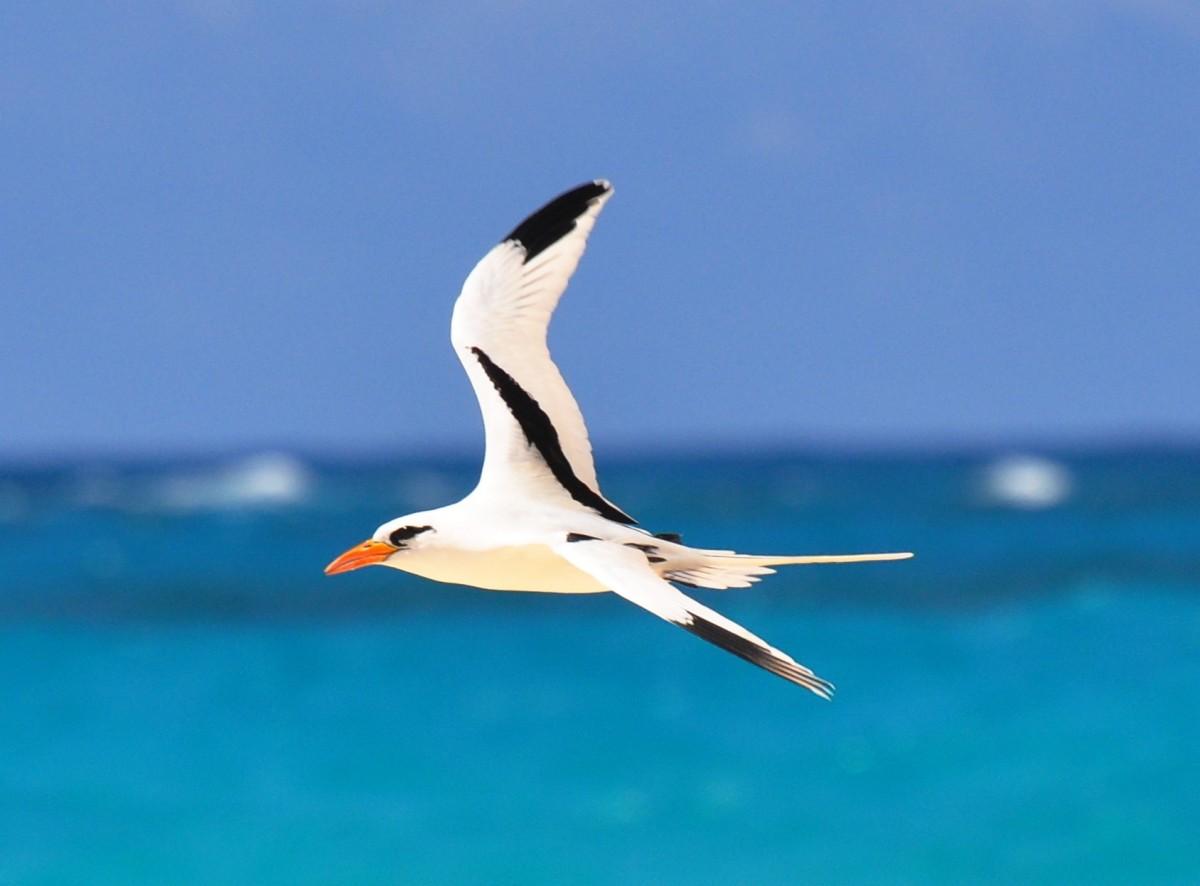
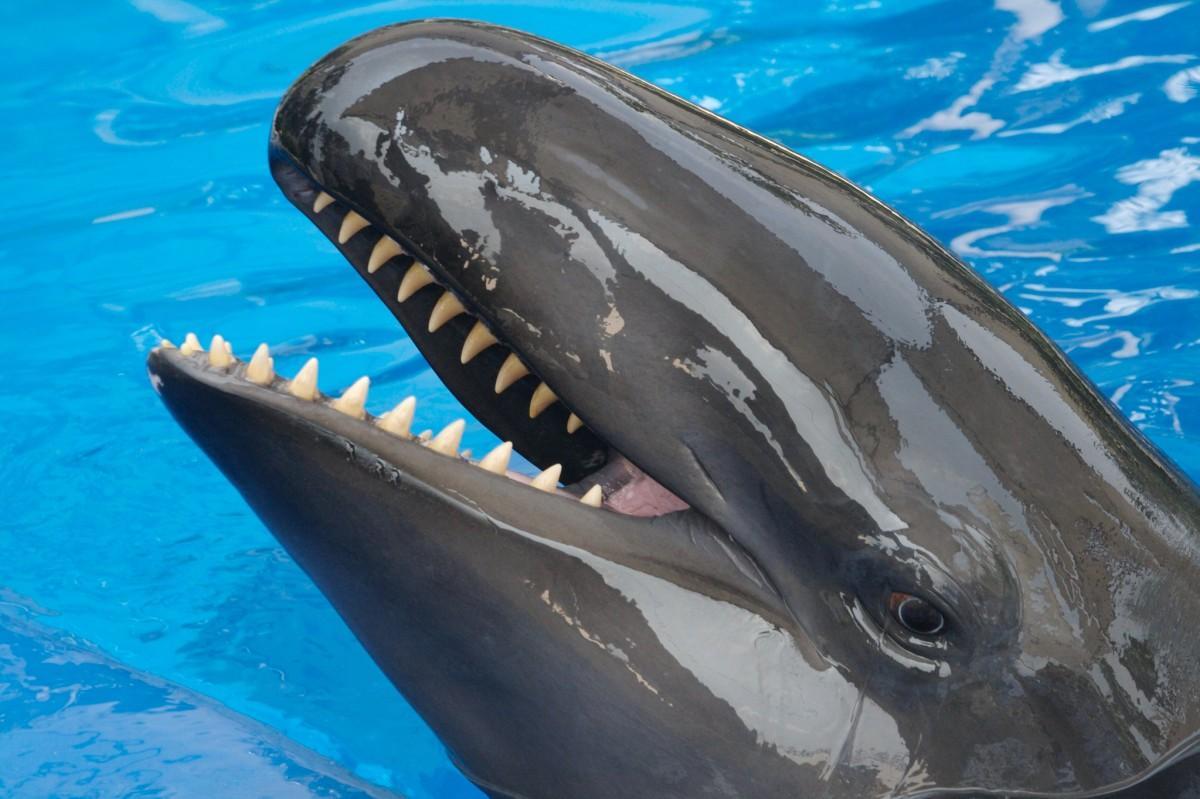
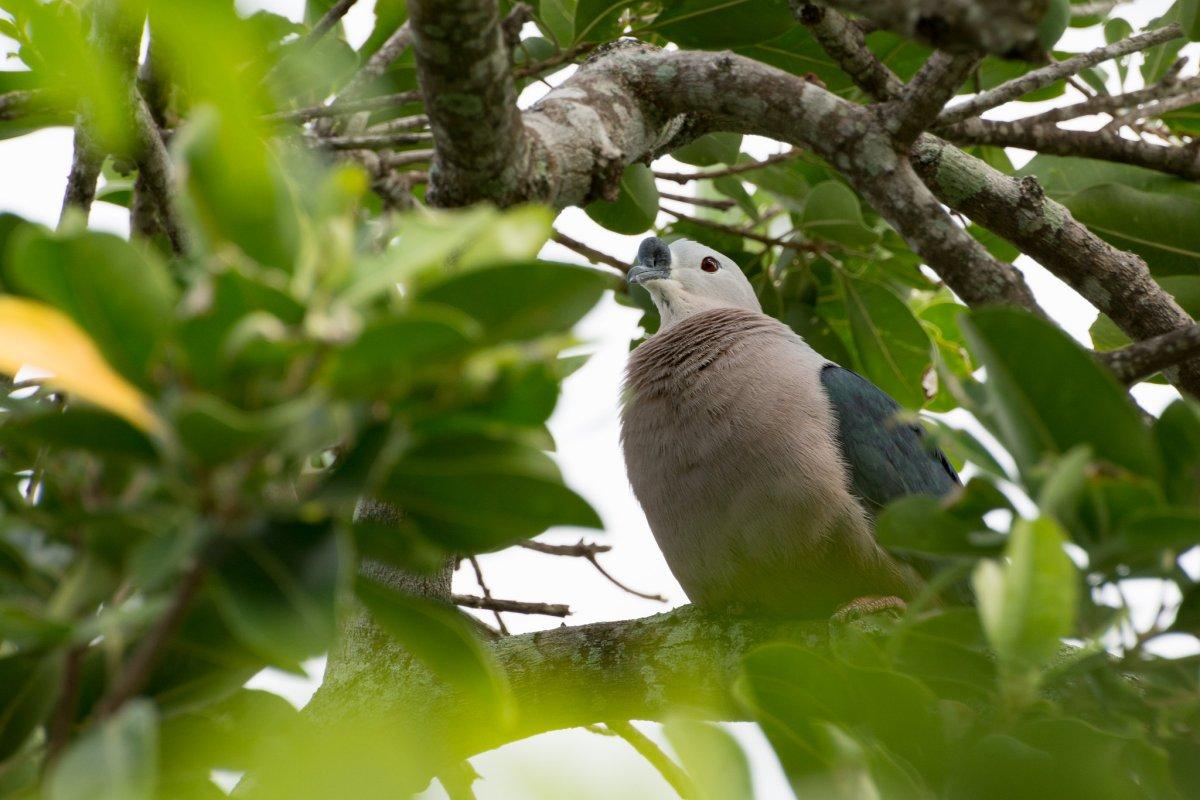
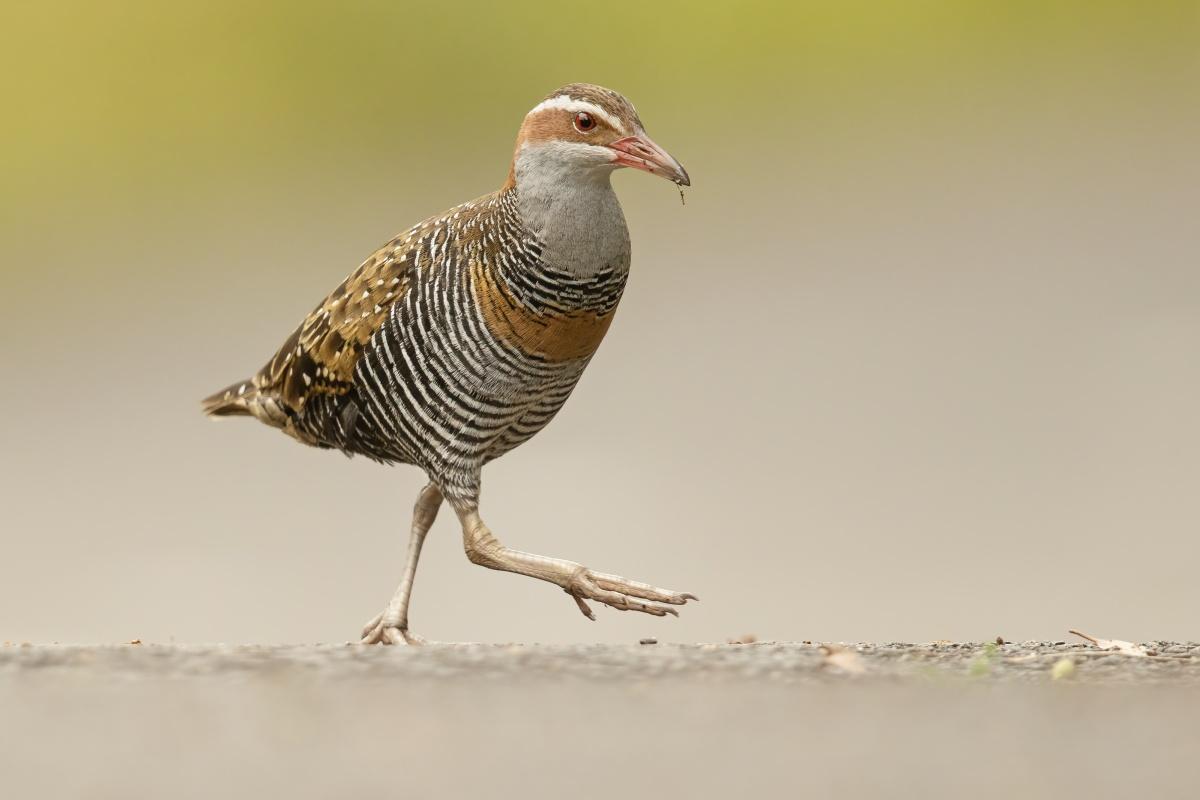

![15 Wild Animals in Malta [Wildlife in Malta]](https://www.kevmrc.com/wp-content/uploads/2022/06/15-wild-animals-in-malta.jpg)
![17 Wild Animals in Siberia [Wildlife in Siberia]](https://www.kevmrc.com/wp-content/uploads/2022/10/17-wild-animals-in-siberia.jpg)
![15 Wild Animals in Ghana [Wildlife in Ghana]](https://www.kevmrc.com/wp-content/uploads/2022/12/15-wild-animals-in-ghana.jpg)